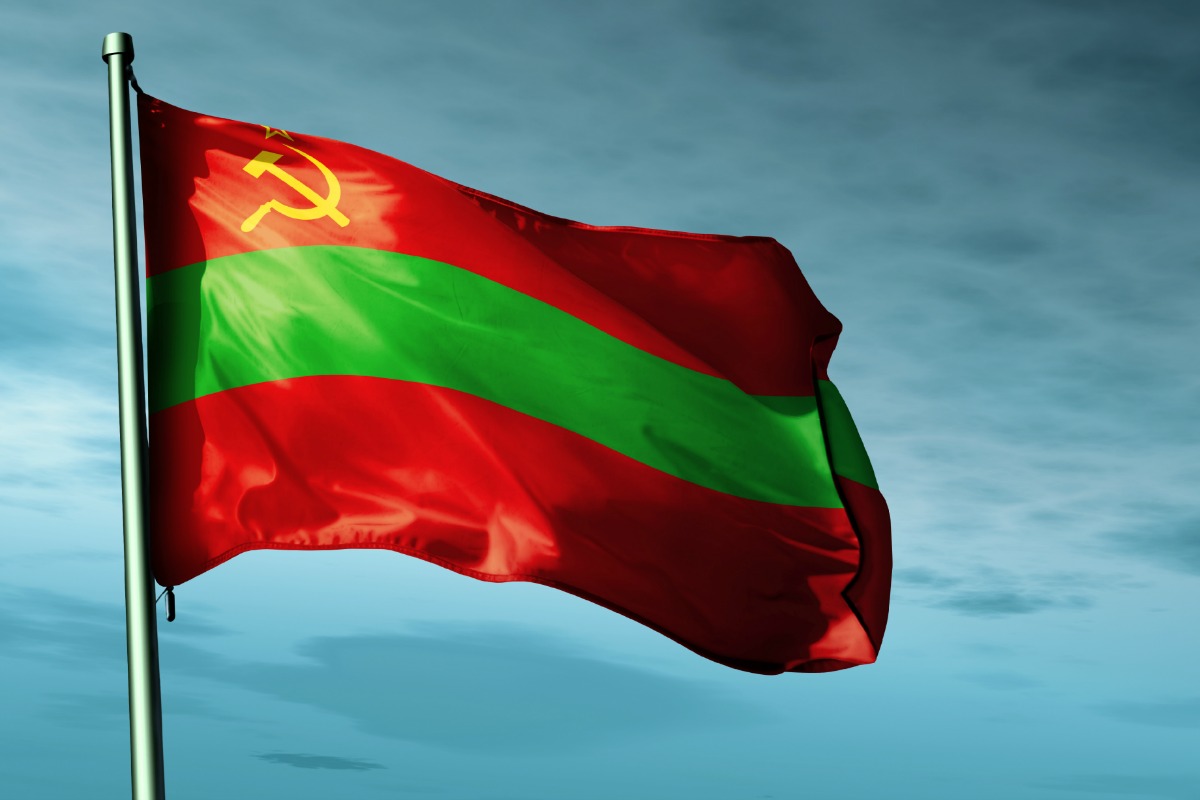Samuel G. is a World Traveller writing special Reports for Young Diplomats. He is passionate by the issue of unrecognized states. This article is the first one of his series dedicated to unknown unrecognized countries.
In light of all the negativity surrounding unrecognized states, the simple conclusion after walking a around both Moldova and Transnistria is that the world doesn’t always recognize the better functioning states.
One of the most puzzling phenomenon in today’s world is that of unrecognized states. An issue primarily affecting Eastern Europe and Western Asia in the form of frozen Soviet conflict zones. With that said, it should not be mistaken as an issue affecting only this region as it does exist in other parts of the world as well.
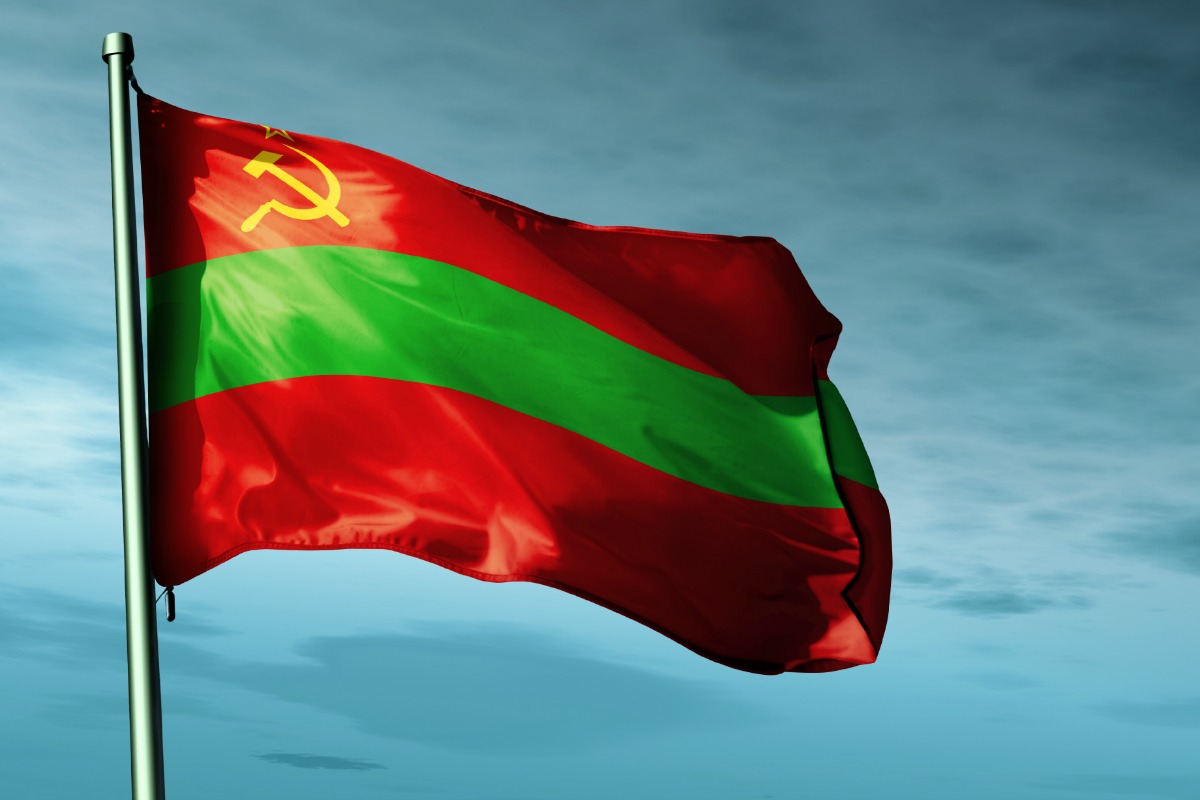
Credit : Euractiv
Own language, national identities, governments, militaries, police forces
These frozen Soviet conflict zones are generally a hangover from poor decisions made during or shortly after the Soviet Union which created a situation whereby certain regions are left with limited or no international recognition as official states, while still retaining sovereignty over their respective territories.
Moldova is home to two such cases, with one successful breakaway territory and the other who seems satisfied with regional autonomy until this point in time, Transnistria and Gagauzia respectively. Some or most of these unrecognized states have their own language, national identities, governments, militaries, police forces, education systems, flags, license plates and even their own unrecognized currencies, which generally cannot be internationally traded. Many even have unrecognized passports which cannot be used for international travel, with a few exceptions of course. This is the case in the unrecognized country of Transnistria, which possesses all of the characteristics listed above, possibly in even better versions than in the country it is internationally recognized to be part of.

Transnistria, formally known as the Pridnestrovian Moldavian Republic, is an unrecognized breakaway state located in a narrow enclave between Moldova and Ukraine.
The territory inhabits a fairly even mixture of ethnic Moldovans, Ukrainians and Russians from various different religious background.Although largely unrecognized by the vast majority of the world, the country very much exists. Its important to note that Transnistria is internationally recognized as part of the Republic of Moldova.
Moldova however has almost never extended any form of sovereignty over the area ‘left of the Dniester river’ since Moldova’s own independence from the Soviet Union in 1991. To go even further than that, Transnistria declared its own independence almost a year earlier in 1990. Independence of both Transnistria and Moldova quickly resulted in the war of Transnistria which immediately halted any hope of physical Moldovan sovereignty over the territory of Transnistria.
This lead to the classification of Transnistria as a ‘frozen Soviet conflict zone,’ interestingly enough in this case, the conflict only lasted a very short time and since then, there seems to be a lack of actual conflict in this conflict zone. Even though military conflict is extremely rare if not non-existent between the two sides since the end of the war, Moldova has been notorious for using the little economic power it possesses to bully Transnistrian companies into registering in Moldova as a Moldovan company. This has been done through deals with surrounding countries to force these companies to comply with Moldovan law in order to legally export their products through the territory of Ukraine and some of the surrounding areas as well. For this reason, it is a common sight to see Transnistrian products stamped with the tag ‘made in Moldova,’ even that of the most famous Soviet and world class cognac ‘Kvint’ which conveniently for the country had its main factory in the Soviet Union in what is today Tiraspol, the capital of this unrecognized state.

One of the Poorest State in Europe
Moldova is considered to be Europe’s poorest and most impoverished nation
In order to better understand the current situation on the ground it is crucial to travel to both Moldova and Transnistria. Upon arrival in Chisinau (Kishinev), the capital of Moldova, its easy to see why Moldova is considered to be Europe’s poorest and most impoverished nation. The capital is made up of poorly kept infrastructure of all forms, from cracked sidewalks to pothole-filled roads to buildings which cannot live up to any form of international standard of safety. From first glance, it would be hard to imagine any territory wanting to stay under the sovereignty of a country in such a poorly functioning state. Merely because of economic reasons and not mentioning political ones, it seems difficult to justify the international communities stance of unwillingness to recognize a state such as Transnistria. A state who overwhelmingly wants independence while in the process attempting to force it to stay part of an extremely impoverished host country.
Hard to imagine any territory wanting to stay under the sovereignty of a country in such a poorly functioning state.

From Chisinau its about an hour drive to the border (yes they also have an official border guarded by both Transnistrian and Russia soldiers) and to the Transnistrian border city of Bender. After registering with border police brandishing badges with hammers and sickles, a visa on arrival is given to citizens of most countries. From there on in is a series of Russian and Transnistrian checkpoints leading to the capital city of Tiraspol. In comparison to its Moldovan counterpart Chisinau, the city of Tiraspol seems surprisingly well kept, clean, more modern looking, safe and well organized. With the entrance into Transnistrian territory comes the usage of the Transnistrian Ruble, maybe the most interesting aspect of this territory.
The Transnistrian Ruble
The Transnistrian Ruble is the currency of a country that technically doesn’t exist. However, it is the legal tender and only accepted one as such for all purchases made within its territory. The currency is printed in the central bank located on the main strip of the city nearby almost all of the other important buildings and sights in the capital. Here is where monopoly money literally comes to life. It does sound strange but this is a currency that is not recognized anywhere internationally and therefore has no official exchange rate except for the rate the central bank of Transnistria claims, and of course cannot be traded anywhere outside of Transnistria. This exchange rate is in order for it to be traded at the local currency exchange shops, which are conveniently located on almost every corner of Tiraspol.
Remnant of the Soviet Union
Transnistria is the self proclaimed last remnant of the Soviet Union remaining today. The streets are filled with old Soviet images as if the habitants of this unrecognized state don’t know that the Soviet Union no longer exists. Of course this is not actually the case, as in reality they know much more about the outside world then the world knows about them. The country seems to be clinging on to a more glorious past whereby they had recognition as part of the Soviet Union and they happily spoke in their native Russian language, not the Romanian spoken in Moldova.

Just a walk through the seemingly quiet streets of Tiraspol, its not hard to notice monuments of Soviet tanks, Soviet style buildings and hotels, large streets and squares, Transnistrian KGB officers who still wear badges depicting the classic Soviet hammer and sickle and of course, possibly the largest remaining statue in the world of Vladimir Lenin, in front of the country’s parliament building. Atop that parliament building is a red and green flag with another hammer and sickle, the last remaining flag with the symbol in the world, the flag of Transnistria.
With all of the Soviet nostalgia and symbols filling the streets of Tiraspol, its hard to believe that this is not a communist country. It sounds absurd but just like almost everything else about this unrecognized and unknown country, it is absurd. With freedom of religion and private business seeming to be more than welcomed in the country and young citizens seem more than happy to spend lots of their disposable income at coffee shops, restaurants and late night drinks at one of the many bars in town. There is one thing about business in Transnistria that doesn’t necessarily line up with western standards however – Sherriff.
Sherriff City
No, this is not a reference to the police in any way, it’s a reference to the company of Sherriff. Sherriff owns everything from supermarkets to gas stations to department stores to soccer stadiums, giving the country its unofficial nickname of the country of Sherriff. At first glance is seems odd to the typical western tourist (which are few and far between) the blatant display of monopolism in the local market. How can it be that one company seemingly owns such a vast amount in the country? This negativity quickly fades upon entrance into these businesses which are equipped with the highest quality products from all around the world, at a very reasonable price, including imported ones. It’s easy to understand what the typical shopper gains out of this seemingly harmful relationship of one company controlling large amounts of the business in the country. Especially in comparison to their counterparts in Moldova, the shoppers in Transnistria enjoy access to more products, of better quality and at an affordable price (the last is seen though the amount of shoppers in all the Sherriff owned stores at various hours of the day and night).
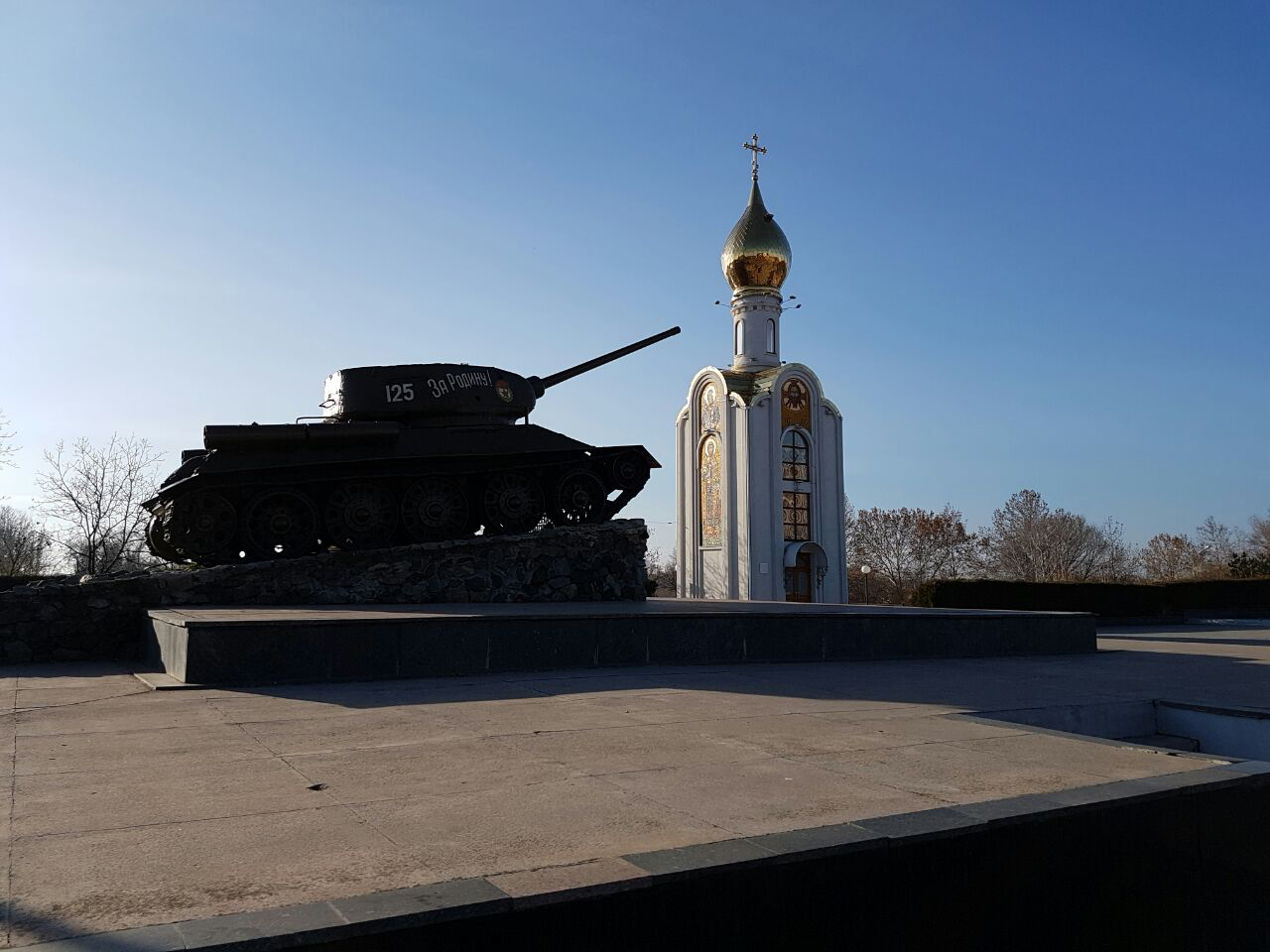
In light of all the negativity surrounding unrecognized states, the simple conclusion after walking a around both Moldova and Transnistria is that the world doesn’t always recognize the better functioning states.
Transnistria seems to function just as well or maybe even better than some or many of the officially recognized states in Eastern Europe and for that matter, other parts of the world as well. To compare it to the most successful states in Western Europe, Asia and North America might still be a long shot, especially as the country is not proven to be a democratic one. Nonetheless it seems to be better off than Moldova, the country that claims sovereignty over Transnistria’s territory. This policy is not even questioned on the international level by any players except for Russia and the Community for Democracy and Rights of Nation, an association made up of the four unrecognized states left over from the Soviet Union.
These three other unrecognized states also have functioning embassies located on the main street in Tiraspol and recognize each other’s passports. Whether the western reason for non-recognition is because they truly believe that it is part of Moldova, or whether they believe its against the international norm of conduct to condone separatist behaviour is still unclear. The other possibility of course, may be simply because their main military and financial support comes from Russia and the typical western response to Russian geo-political actions is the immediate consideration of them as irrational and unjustified. It does seem however a little like Cold War politics all over again in a country that prides itself on Soviet nostalgia, or maybe this style of politics just never ended in certain areas of the world, I will go with the latter. Transnistria definitely seems to be stuck in a period of political history that has not existed for almost thirty years elsewhere. However, this is still no excuse for the international community to disregard Transnistria as a Russian satellite state and continue to deny their overwhelming will to be officially recognized as a sovereign entity.
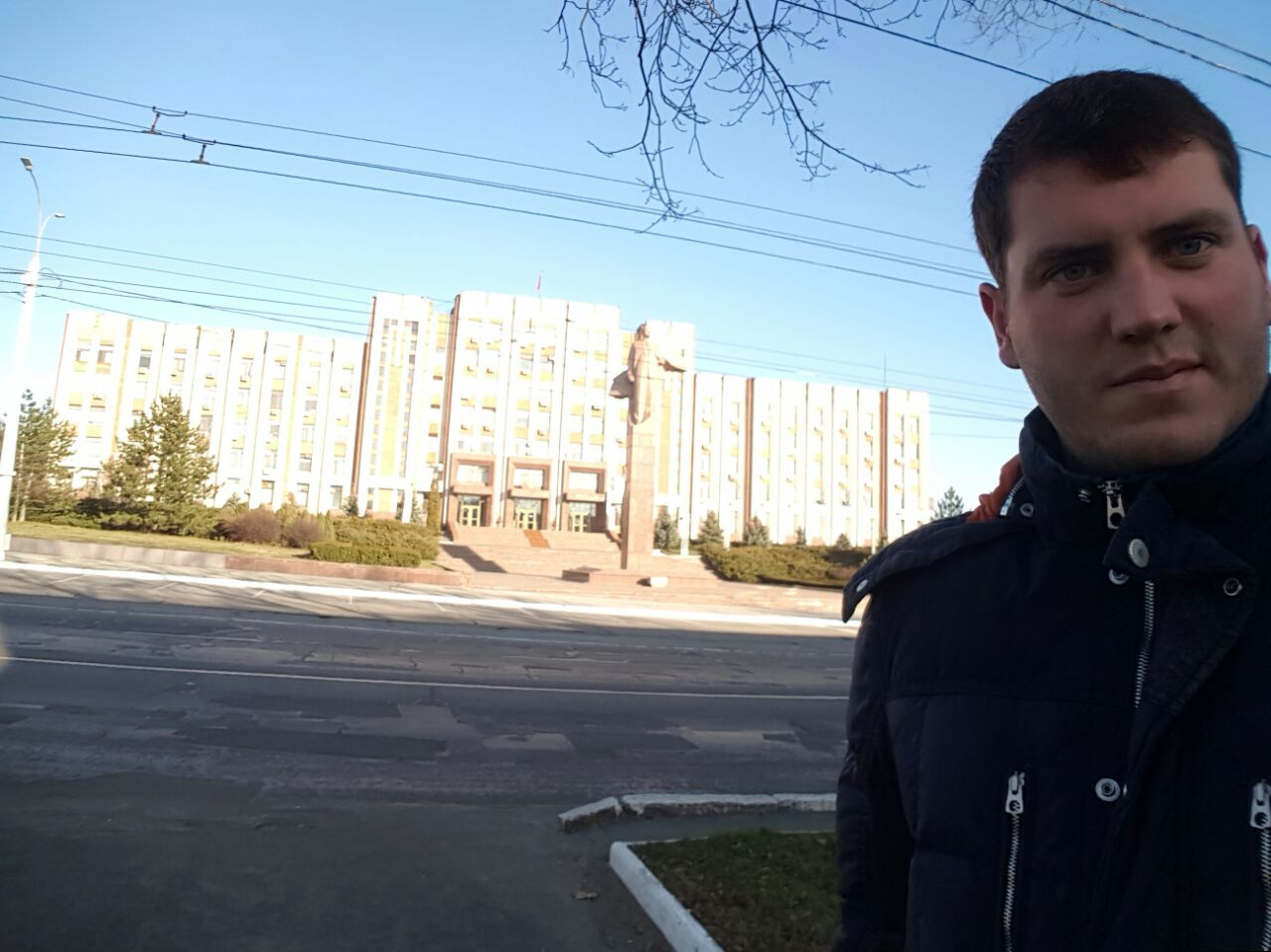
Surreal or Real?
A surreal experience it is indeed to be on a trip in a place that doesn’t exist. Looking around at very real buildings, soldiers, businesses, cars and people who themselves truly believe that their country is as real as any of the other countries in the world.
While it is definitely true that the Soviet Union no longer exists, its hard to give in to the international rhetoric that Transnistria isn’t a real country and deny the real facts on the ground. These facts being that it operates autonomously without any influence from the government in Chisinau since its founding and of course it also seems to possess the various traits and characteristics of a functioning sovereign state, even more so then many of the recognized states in today’s world. Which brings me to ask the question; what actually is the western criteria for recognizing new states? Its certainly not based on what the people living in the territories involved want, that’s for sure. It most certainly cannot be based on how well this new or unrecognized state functions in comparison to the country it separated from. If that were the case then we would see a lot fewer unrecognized states in the world, at least one less. After going there to see for yourself if this place really exists the simple fact of the matter is that with or without international recognition the country exists, trust me it very much exists. They even hand out fines at the border for overstaying your visa, in a currency that is worth no more than the monopoly money sitting in your hall closet once you cross that border.
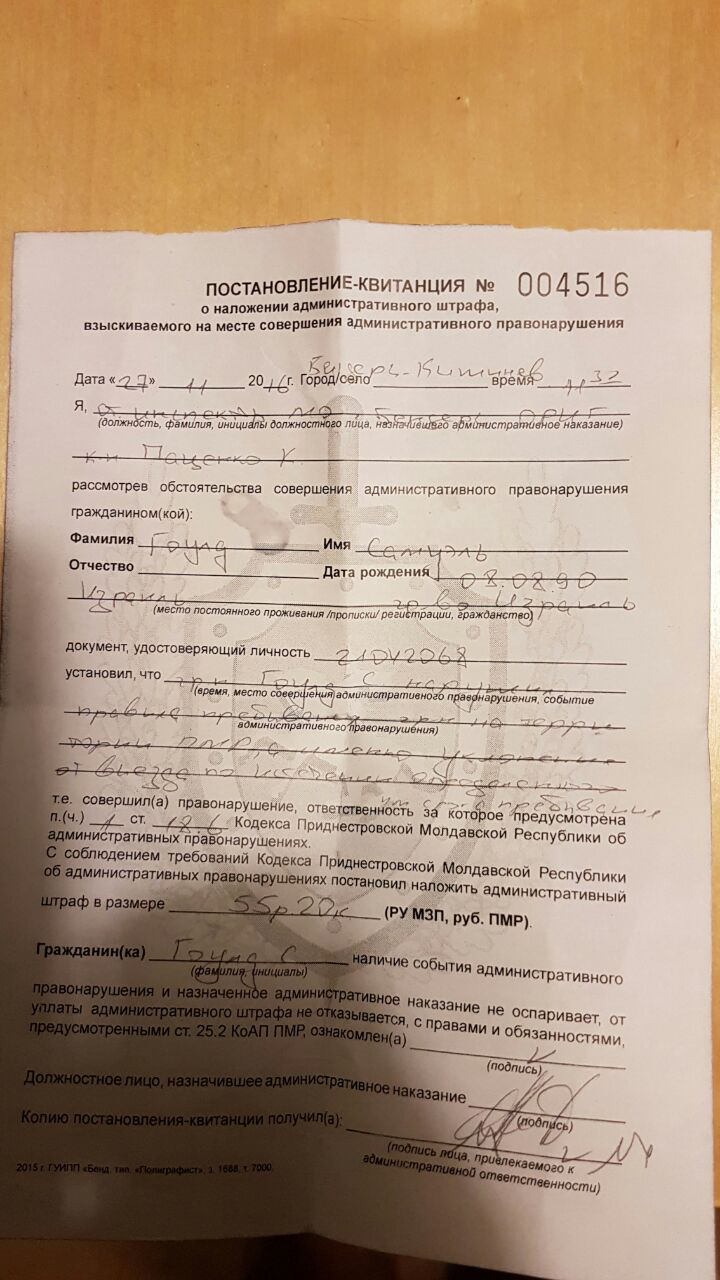

If you wish to write about your experience in unrecognized states, send us a mail at youngdiplomats2@gmail.com

